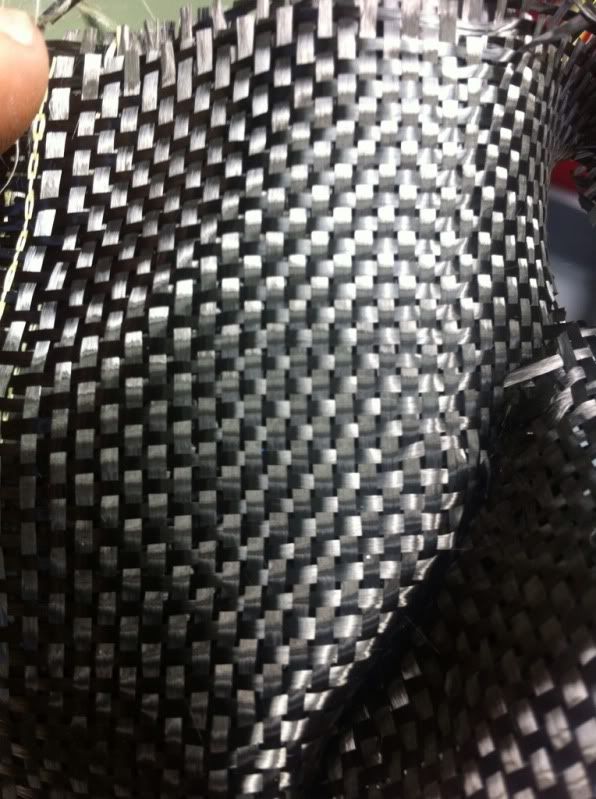Actually it’s not to hard at all to make a seal/o ring groove. In some cases you can make two tools for this purpose.
One for the frame seal and one for the laminate portion.
Here’s a simple scenario.
Picture a clutch cover that has 1/4" thick flange with a 1/16" o ring groove that’s 1/2" wide. Then the cover being a pan would be 4" deep and say 5" diameter with a KTM logo. Lol j/k.
Your tooling could be a pour style splash mould tool for the flange. Just a simple foot print of the flange of the cover with the o ring groove. You could mix resin graphite powder and flock or chopped carbon bits. And simply pour into the mould until its just over full. Let cure and using a router level the top of the flange flush to the tool.
Your second tool would be the clutch cover bowl portion that allows for the flange as well. Wet lay up your carbon and set the flange inside the tool over top the laminate. Then vacuum bag the assembly.











